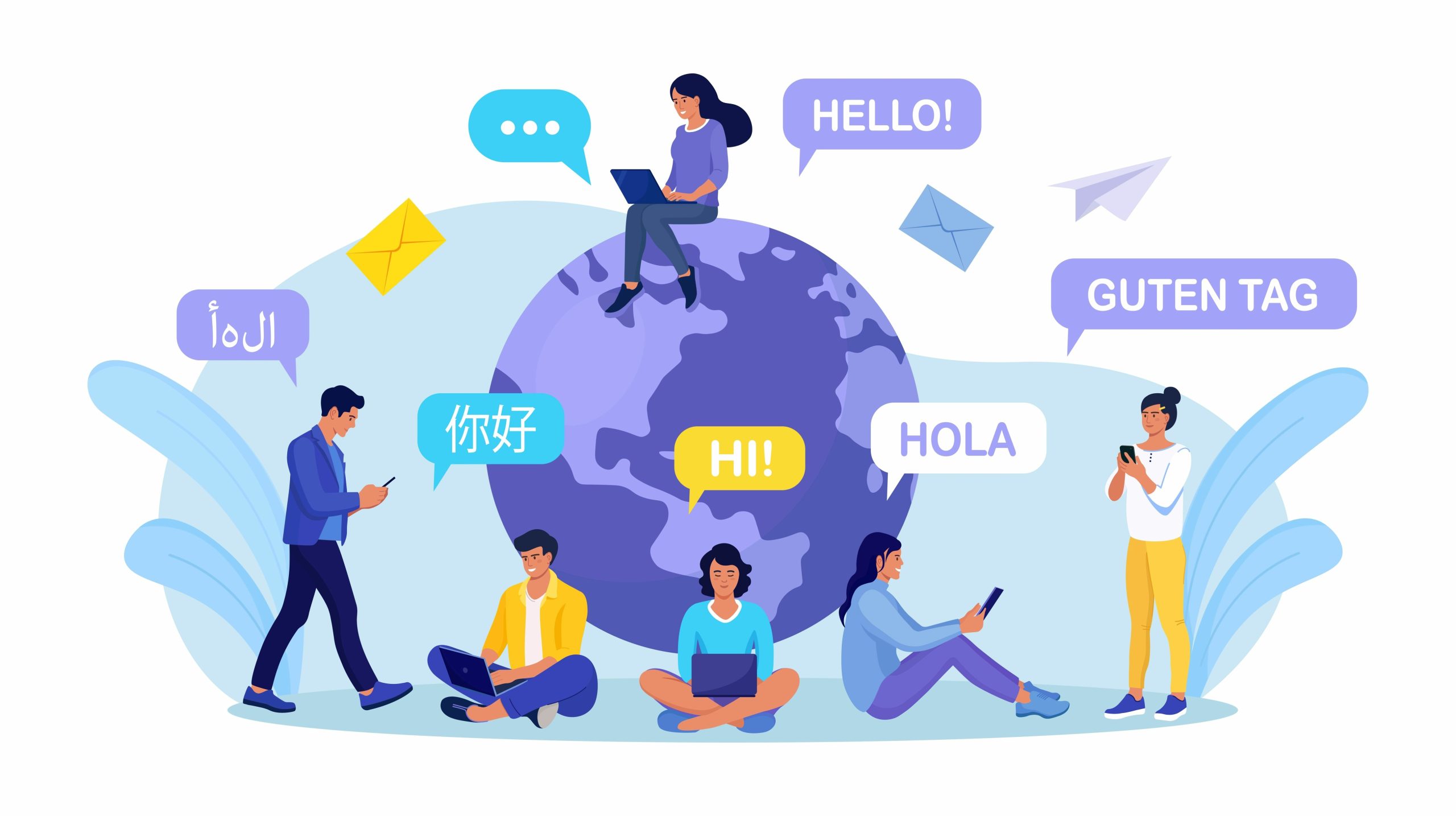In the words of Walt Disney’s (creepy) puppets, “it’s a small world after all.”
OK, I’m sorry for getting that song stuck in your head, but it’s true: Due to the market expansion powered by today’s interconnected, digital world, it’s easier than ever — in theory — for companies to expand their global reach and engage with prospects in different regions. However, there’s one major hurdle: Language barriers.
While the easy answer might seem to be tossing a white paper into Google Translate, Kathleen Pierce, Principal Analyst, Content Strategy and Operations at Forrester, explained that simply translating content into another language isn’t enough.
“Localization is the act of making something appropriate for a locale, which includes translation plus many other cultural and data elements,” Pierce explained. “You can do translation without localization, and while there’s a time and place for that, it’s riskier. Raw translation can be extremely off base or nonsensical. There are plenty of humorous screenshots of free translation engines botching some translation because it only translated the words, not the meaning. In regulated markets, if you just run your content through some tool that doesn’t know your information, it could lead to significant fines, failed audits, or inability to sell in a region.”
Additionally, localizing assets helps promote customer retention/growth and increase an organization’s competitive advantage as new vendors vie for their market share.
“Startups are extremely nimble these days, and they don’t have tech, design, or content debt,” said Pierce. “Many startups are global from the get-go; they’re going to market in 20 languages with their first launch. And companies who normally didn’t have vendor competition in certain countries are seeing the startups eat their lunch, so to speak. They’re realizing that if they don’t offer a better, more localized customer experience, they’re going to lose market share.”
To remain competitive, the three steps organizations need to take to localize content are:
1. Conducting Research To Understand Regional/Cultural Etiquette
As for determining where to invest, it’s all about the research. Pierce advised marketers to conduct stakeholder surveys of their customer-facing employees and channel partners to find out how current localization policies affect customers, sales, and marketing.
“I often find that the customer-facing employees are a secret to success, because you can ask them anything and they’ll provide an unvarnished version of the truth,” said Pierce. “Customers can only tell you what’s important to them personally, whereas customer-facing employees have first-hand insights across a wide range of customer scenarios.”
Additionally, Pierce recommended that practitioners tap into their customer and competitive research to see what the “standard of care” is in their industry.
2. Proactively Accounting For Localization When Creating Content
With 42% of practitioners indicating they want content that’s personalized and tailored to their needs, it’s imperative that marketers uplevel localization processes. Pierce advised marketers to incorporate localization at the design stage and treat it as an enterprise function using a hub-and-spoke model with a skilled localization leader at the center.
“You want to put processes and tools in place that enable you to localize content without rewriting or redesigning,” said Pierce. “Skillful planning can eliminate half the time, half the cost, and half the people. There will always be many different groups involved in localization, and you need a skilled localization leader or team at the center to provide vision and management and get the right technologies in place.”
3. Implementing The Right Technologies
According to Pierce, many B2B marketers are using “horribly old-fashioned” manual processes for localization, which is a complex, high-volume, highly technical initiative. “It would be like having your sales reps track their opportunities using spreadsheets and email,” she explained. She continued that the root cause of this is decentralization and lack of leadership, as it’s common for organizations to have many people across multiple departments, such as legal, HR, product, regional marketing, and more, localizing only their content.
“If all these departments are partnering with different freelancers or agencies and treating localization as an afterthought, it’s tough to optimize at an enterprise level,” said Pierce. “Decentralized efforts lead to high costs, slow turnaround, and substandard quality that discourages proper investment by making it appear as a failed area.”
She recommended that organizations future-proof themselves by adopting translation management software, investigating speech-to-speech and speech-to-text localization technologies and training machine translation (MT) libraries for their organization.
To that end, several B2B companies — including Qualified and Contentstack — released GPT-powered AI solutions that assist with translation and localization. Qualified’s offering provides AI-powered recommended conversation responses and on-the-fly translation between languages, while Contentstack’s innovations seek to help content teams create, test and translate short- or long-form content in seconds.







